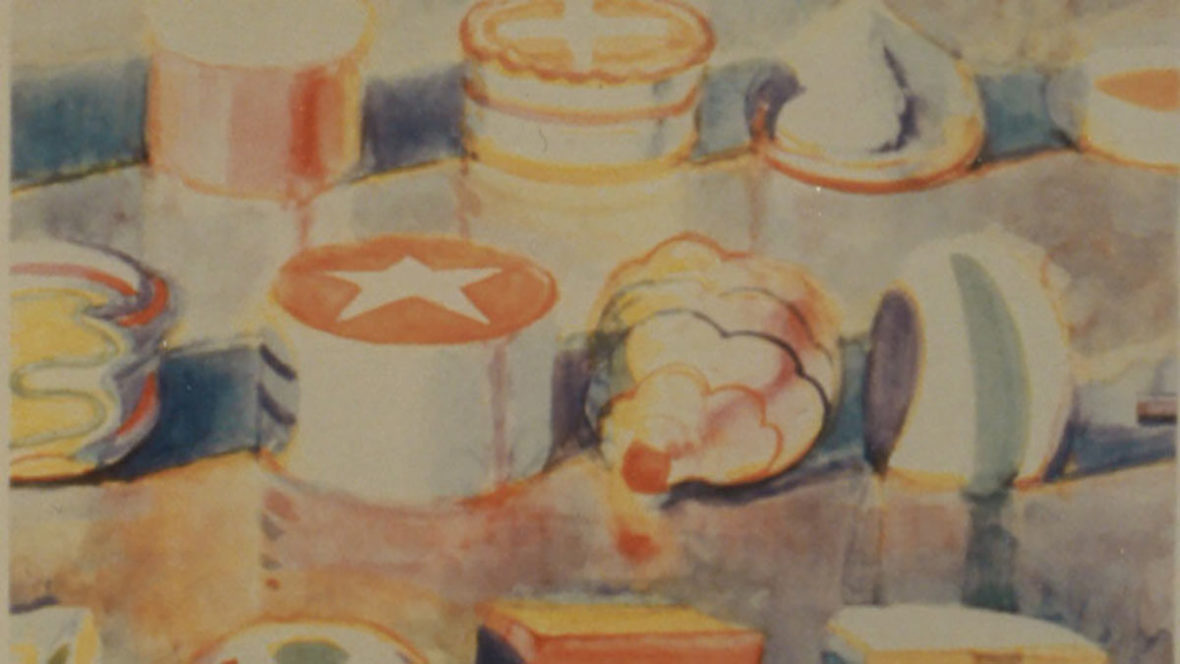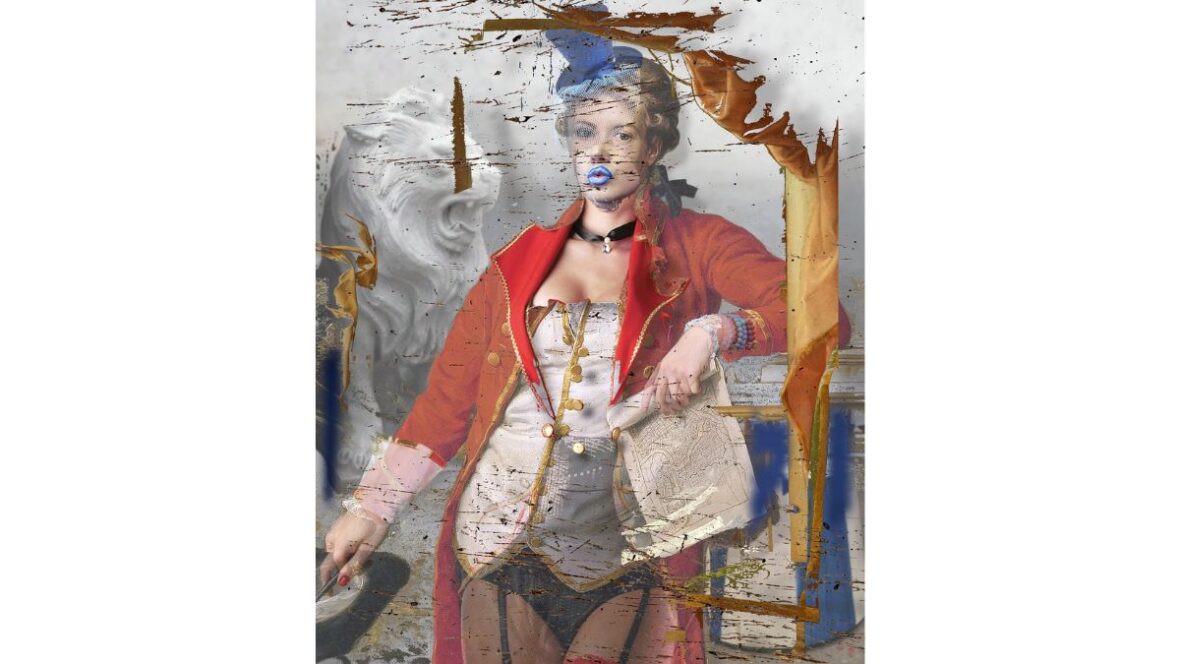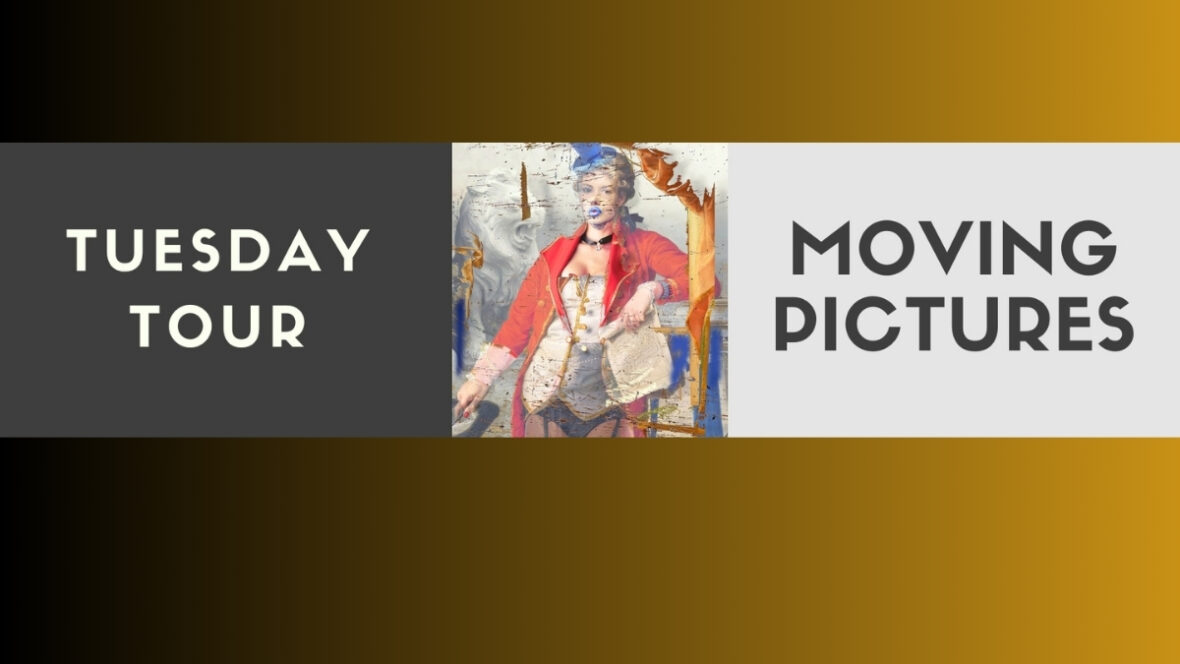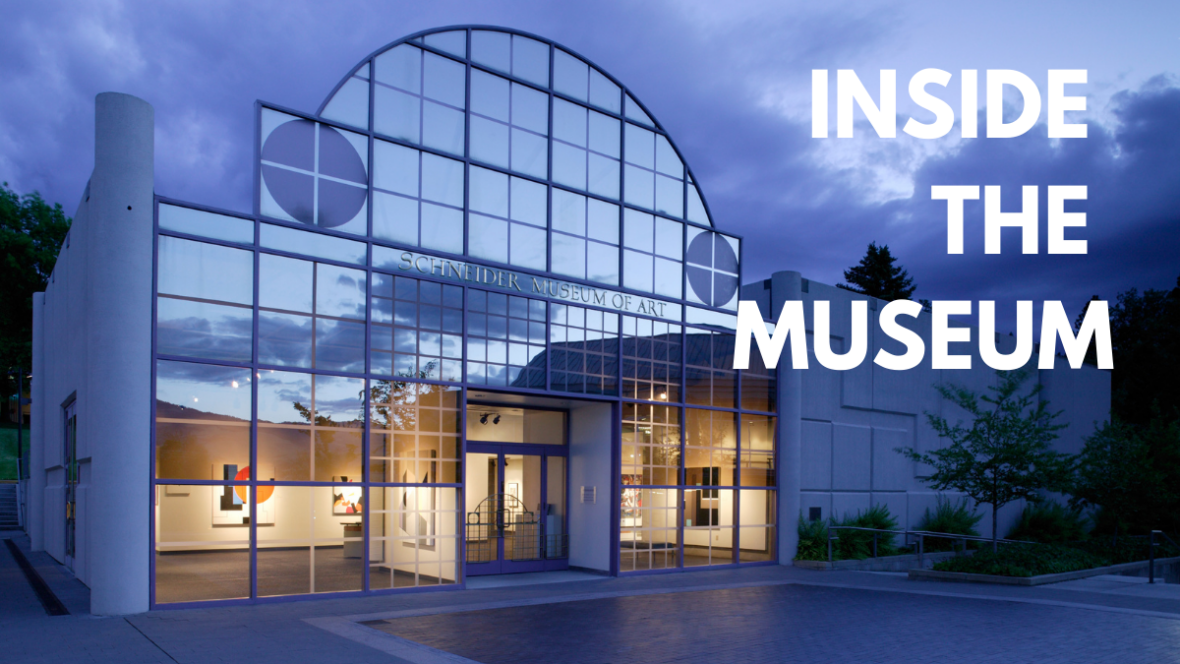The Prints of Wayne Thiebaud
Artist Bio
Morton Wayne Thiebaud was born in Mesa, Arizona, in 1920, but grew up in Long Beach – a southern California childhood that included an interest in both cartooning and theatrical set design. He is one of the generations of young men who trained at college with the help of the G.I. Bill. In 1953 he received an M.A. from California State College in Sacramento, where he was also hired to teach.
Since then Thiebaud has been engaged in a basic inquiry into light and structure and what he once called the means of “taking color to its full strength and intensity”, and into the mysteries of “shadow and substance”. His artistic influences range from the Impressionists, Cubists and Fauves to realist masters like Vermeer, Velazquez, Hopper and Eakins, and to such contemporaries as Willem de Koening and Richard Diebenkorn.
Thiebaud was an important participant in the transition from Abstract Expressionism to Pop in the early ’60s, when he painted bakery counter confections and other common foodstuffs before expanding his subject matter to include the human figure and landscape. These cakes and pies – despite the lovingly sculpted impasto technique with which they were rendered – made Thiebaud a reputation as a slick and talented painter of Pop Art, a style with concerns that were directly opposed to his own.
He has said that the history of his famous pie paintings, which catapulted him into “Pop Art” fame almost overnight, was, “So dull I’m always reluctant to talk about it .. I was very much into Cubist and Abstract Expressionist painting, and I got to a point where I thought I could manipulate things with facility. Then one day I wondered if I could be able to get that thing on the plate to really sit down. It was a test I had never given myself. So, I cleaned up the surface and took very simple shapes. I’d been looking at pies and had always been interested in gumball machines, window counters, restaurant counters, and so on, and I thought that I’d just take simple things and try to see if I could get them placed and orchestrated. I did the objects from memory, so I could play around with them. I wasn’t even thinking in terms of showing the paintings to anybody. At the same time, I was trying to learn something about color.”
He had a desire, “to make paint become frosting”, to make the relationship between paint and subject matter as close as he could get it, and to set down in brilliant colors, orchestrations of light and structure. More often than not, his objects seem almost edible, are bathed in fluorescent light and cast [theatrically] strong, chromatic shadows that anchor them to their hygienically white and featureless backgrounds in a manner so formal that they suggest a ritual performance.
The development of Thiebaud’s mature style coincided with his appointment in 1960 to the faculty of the University of California at Davis, and his acquaintance with the northern California figurative painters, David Park and Elmer Bischoff. Beginning in 1963, Thiebaud turned his attention to the human figure and, in 1966, to both rural and urban landscapes.
“Landscape for me took on the problem of composition,” he’s explained. “I wanted to eliminate the horizon line, to see if I could get a landscape image that didn’t use a horizontal fixation. Instead, I try to establish a positional directive for the viewer -whether it’s up, down, helicopter view, world view, valley view – to try to get some sense of the loss of the convenience or comfort of standing and looking at things, to throw people off a bit.” During this period, he first saw Diebenkorn’s landscapes and he acknowledges their early influence, although the two artists did not become friends until later. In 1973 he purchased a Queen Anne cottage on Potrero Hill for a studio, and began the famous series of San Francisco cityscapes, some of which were made as prints and appeared in the exhibition.
Exhibition Statement
The Prints of Wayne Thiebaud was organized and circulated by The American Federation of Arts. It was a project of Art Access, a program of The American Federation of Arts with major support from the Lila Wallace-Reader’s Digest Fund.
Guest curator George Neubert, director of the Sheldon Memorial Art Gallery, University of Nebraska-Lincoln, and a specialist in contemporary art, selected 50 prints that survey the variety of subjects and print techniques employed by the renowned artist over the previous thirty years.
An important participant in the transition from abstract expressionism to pop in the early 1960s, Thiebaud has received acclaim for his deadpan images of familiar subjects. His seductive, uniquely American images of cakes, pies and food counters have become part of the national consciousness.
Printmaking is an essential mode of artistic expression for Thiebaud, whose interest in how an image is transformed by different mediums leads him to execute the same image in oil, pencil, charcoal, and different graphic techniques.
Thiebaud has produced superb examples of most graphic techniques, including linoleum cuts, silkscreens, aquatints, drypoints, lithographs and woodcuts. The Prints of Wayne Thiebaud includes color as well as black and white works in all these print mediums, most of which were published by Crown Point Press in Oakland, California, or Parasol Press Ltd. in New York city.
His early prints, like the etching Lemon Meringue (1964), or the linoleum cut Gumball Machine (1971), fully utilize the opportunities for controlled line offered by those mediums. Later works, such as the woodblock Candy Apples (1987) and the lithograph Display Rows (1990), are virtuoso displays of these color printing techniques.
In his prints as in his paintings, Thiebaud uses still lives of common place artifacts of modern life- foodstuffs, gumball, machines, lipsticks, shoes, paint cans — to investigate the very traditional problems of composition, light, color and scale. Stripped of specific detail, isolated and rendered in a detached manner that refuses them symbolic or metaphoric meaning, these familiar objects provide the artist with a means of exploring the formal notions of repetition, variation and serial composition in works that can been read as compositions of triangles, circles, and other geometric forms.
In a similar manner, Thiebaud transforms the often romantic theme of landscape into a device for formal investigation. With their heady and vertiginous thrust, Thiebaud’s cityscapes — such as Downgrade and Palm Ridge, both 1979 etchings with acquatint -are abstracted and dramatic compositions of perspective simultaneously explored from both the eastern and western points of view. Though it may be that the topography of San Francisco, his home since the 1970s, itself evokes this sense of physical displacement, the artist uses the actual as a point of departure to explore the impact of radical cropping, manipulations of size and scale, and multiple vanishing points on a landscape composition.
The national tour of The Prints of Wayne Thiebaud was coordinated by AFA curator Andrew Spahr.
Curator
George Neubert
Artist
Wayne Thiebaud



